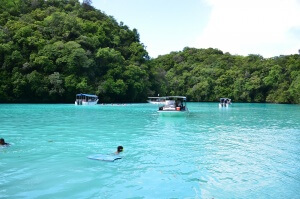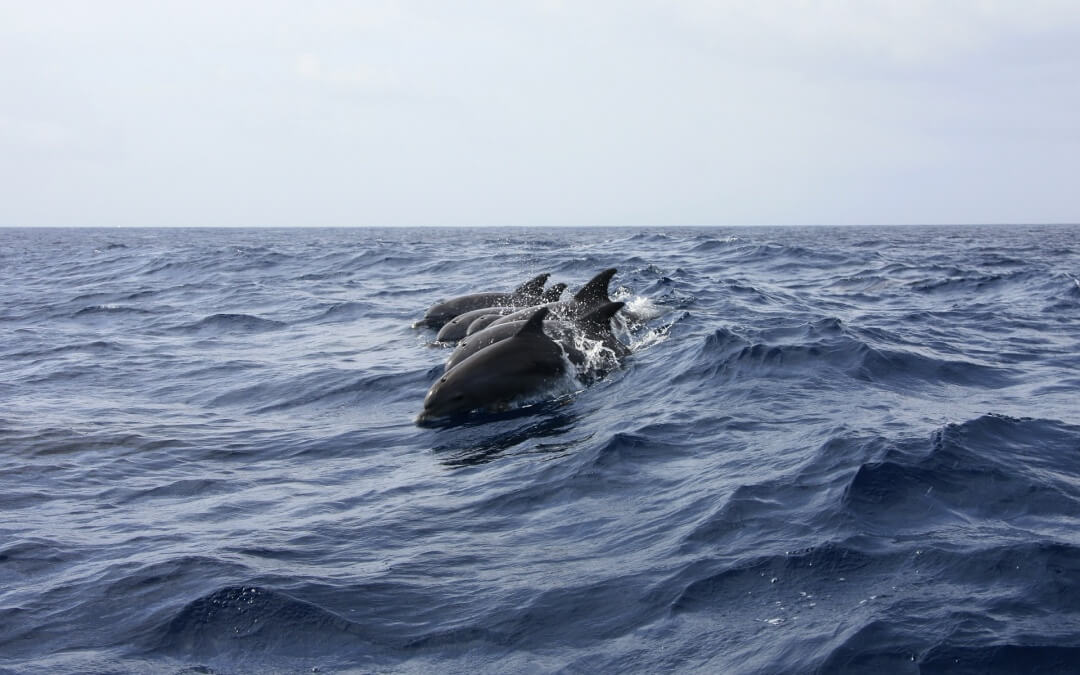In our latest installment of the Student Press, Lily P. writes an expository essay that explores the detrimental effects that humans have on dolphin population. Lily’s argument is clearly laid out, and might just affect some of the choices that you make on your next vacation by the sea.
The Effects of Human Interaction on Dolphins
By Lily P.

Jean Fruh regularly sees people feeding these mammals. Fruh is a South Carolina master naturalist who works as a guide for Outside Hilton Head and directs the Outside Foundation which is a local nonprofit that teaches kids to protect the environment. Feeding the dolphins could eventually kill them. Sardines are bad for dolphins. They can go after fishing bait and hooks can get stuck in their stomach and cause infections. Illegal feeding can lead up to $20,000 in fines and one year in prison. It also brings dolphins closer to boats. They will eat anything. Feeding can change dolphin’s behavior. People can get bitten by the two hundred dolphins that live in Hawaii.
The Solomon Island Drive Hunt is a form of fishing technique. People clap stones together to round up the dolphins and then they kill them. The dolphins are being slaughtered for their meat and for their teeth. Their teeth are made into necklaces and the meat is sold for cash. They are selling dolphin meat instead of fish because the fishing grounds are harmed by pollution and overfishing. Dolphin hunting is increasing. The first three months of 2013, people killed 1,674 dolphins. Most of them were Spotted, Spinner, and Bottlenose dolphins.
I hope you have learned a lot about dolphins. Dolphins are very graceful, gentle, intelligent, and playful, marine mammals. From the information that I have given you about all the harsh things that the people have done to these dolphins, they might one day vanish. However, they might not go extinct because they are very beautiful and precious animals that people won’t want to kill.



Recent Comments